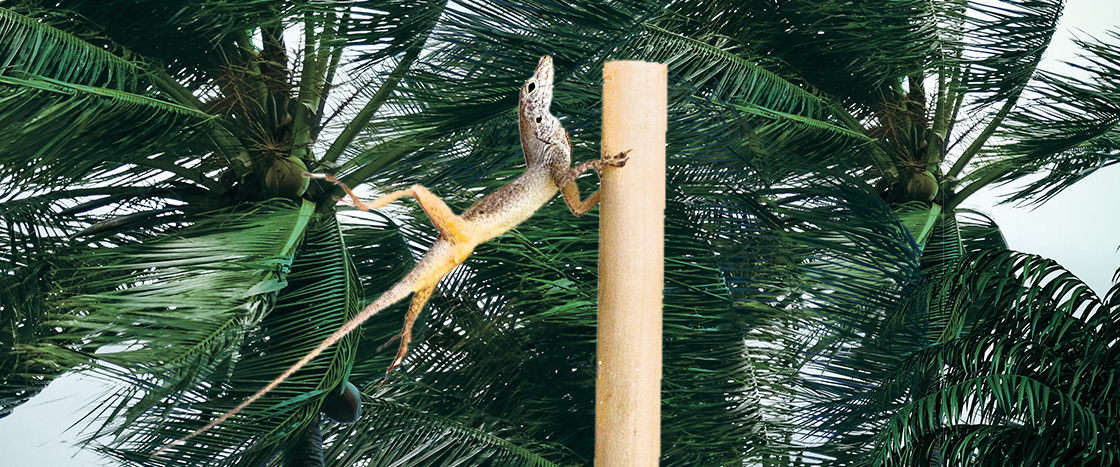The Caribbean islands of Turks and Caicos are crawling with little brown lizards. The reptiles, called anoles, live in trees. Colin Donihue is a biologist at Brown University in Rhode Island. In summer 2017, he traveled with a research partner to Turks and Caicos to study the anoles there.
Four days after he left, Hurricane Irma struck the Caribbean. That violent ocean storm battered Turks and Caicos with 265 kilometer (165 mile) per hour winds. Two weeks later, another hurricane devastated the region. Donihue watched the news in disbelief.
After checking on his colleagues in the Caribbean, Donihue wondered about the lizards. Had any of them survived the one-two punch of storms? If so, how? He planned another trip to investigate.
The islands of Turks and Caicos are in the Caribbean. They are crawling with little brown lizards. They’re called anoles. They live in trees. Colin Donihue is a biologist. He works at Brown University in Rhode Island. In summer 2017, he and a research partner traveled to Turks and Caicos to study the anoles there.
Four days after Donihue left the islands, Hurricane Irma struck the Caribbean. It was a violent ocean storm. It had 265 kilometer (165 mile) per hour winds. The storm battered Turks and Caicos. Another hurricane hit the region two weeks later. Donihue watched the news in shock.
Donihue checked on his friends in the Caribbean. Then he wondered about the lizards. Had any of them survived the storms? If so, how? He planned to investigate.

